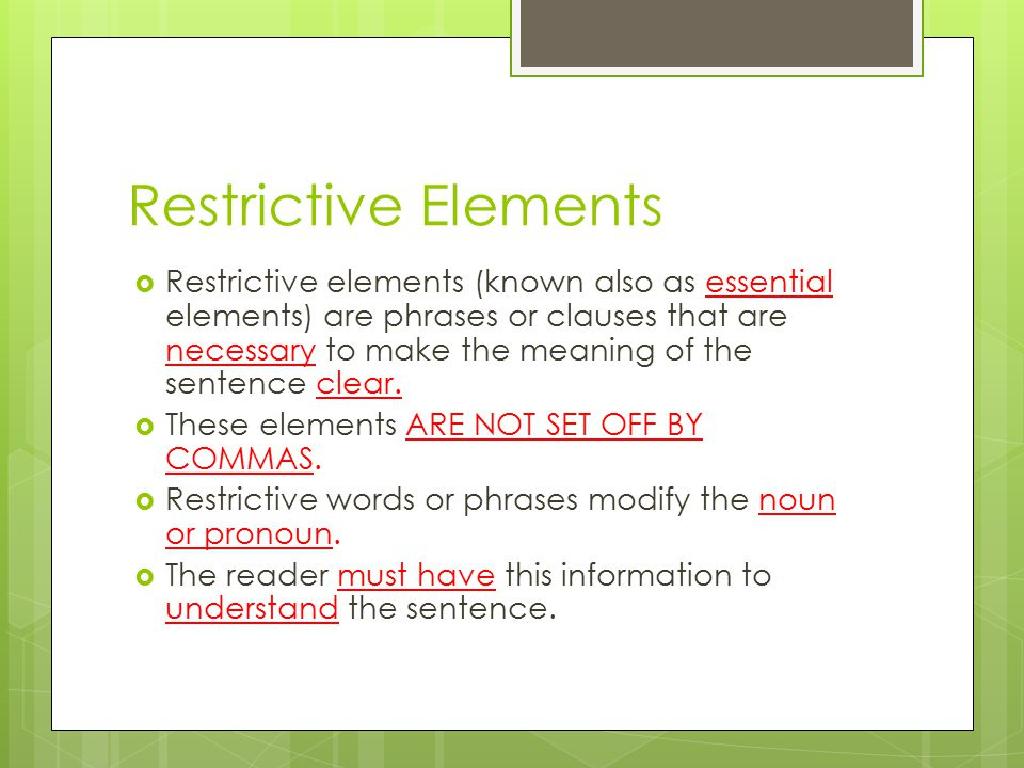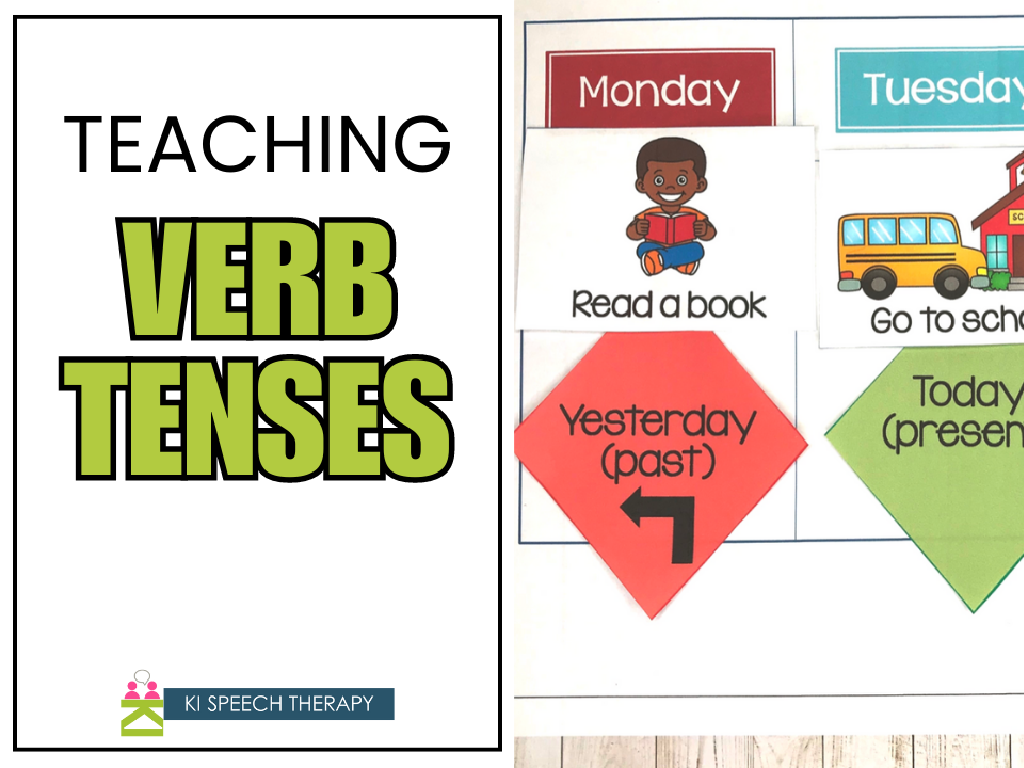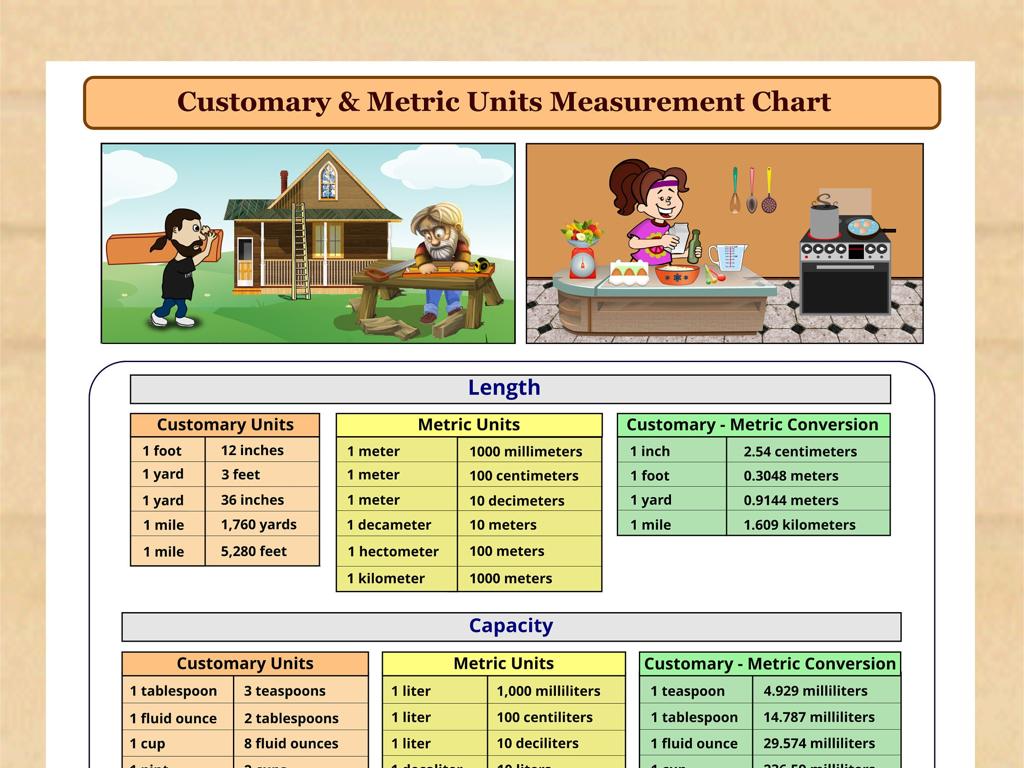Select Parts Of Rock Cycle Diagrams
Subject: Science
Grade: Sixth grade
Topic: Rocks
Please LOG IN to download the presentation. Access is available to registered users only.
View More Content
Welcome to the Rock Cycle!
– Introduction to the Rock Cycle
– A continuous process that forms and transforms the types of rocks in the Earth’s crust.
– What are Rocks?
– Rocks are solid mineral formations found on Earth’s surface and in the crust.
– Exploring the Rock Cycle
– We’ll examine how rocks change from one type to another over time.
– Today’s Learning Goals
– Understand rock types and the cycle’s stages.
|
Begin the lesson with an engaging introduction to the rock cycle, explaining that it’s a fundamental Earth science concept describing the transformation of rocks. Clarify that rocks are made up of different minerals and can be classified into various types based on their formation. The rock cycle diagram will be a key visual aid in today’s lesson, helping students to visualize and understand the processes that lead to the formation, breakdown, and reformation of rocks. Emphasize that the goal for today is to grasp the basics of the rock cycle and recognize the three main types of rocks: igneous, sedimentary, and metamorphic. Encourage students to think about how the Earth recycles materials in a way that’s similar to recycling in their daily lives.
Exploring the Rock Cycle
– Define the Rock Cycle
– The Rock Cycle is Earth’s process of forming and recycling rocks.
– Continuous rock formation
– Rocks are constantly being formed, broken down, and reformed.
– Rocks transforming over time
– Heat, pressure, and erosion cause rocks to change types.
– Cycle stages: Igneous, Sedimentary, Metamorphic
– Igneous form from cooling lava, sedimentary from compaction, metamorphic from heat and pressure.
|
The Rock Cycle is a fundamental concept in geology that explains how rocks are continuously formed, broken down, and reformed by geological processes. This slide introduces the concept and emphasizes the dynamic nature of rock formation. It’s important to highlight that the rock cycle is a slow process that occurs over millions of years. Students should understand that igneous rocks form from cooled magma or lava, sedimentary rocks from the compaction of sediments, and metamorphic rocks from existing rocks changing due to intense heat and pressure. Use diagrams to illustrate the cycle and provide examples of each rock type. Encourage students to think about how the Earth recycles materials and the vast timescales involved.
Types of Rocks: Earth’s Natural Treasures
– Igneous Rocks: Earth’s fiery creators
– Formed from cooled molten lava or magma
– Sedimentary Rocks: Time’s storytellers
– Created from compacted sediment over time
– Metamorphic Rocks: Altered by extreme conditions
– Changed by heat and pressure inside Earth
– Exploring the rock cycle
|
This slide introduces students to the three main types of rocks and their formation processes, which are part of the rock cycle. Igneous rocks form when molten rock (magma or lava) cools and solidifies. Sedimentary rocks are made from layers of sediment compressed over millions of years. Metamorphic rocks originate from existing rocks that are transformed by heat and pressure within the Earth’s crust. Encourage students to think about how each rock type tells a different story of Earth’s history. Provide examples like basalt for igneous, limestone for sedimentary, and marble for metamorphic. Discuss the rock cycle as a continuous process that recycles and changes rocks over geological time.
Processes of the Rock Cycle
– Melting and cooling of rocks
– Igneous rocks form from cooled lava or magma.
– Weathering and erosion explained
– Rocks break down into smaller pieces, called sediments.
– Compaction and cementation process
– Sediments bind together to become sedimentary rocks.
– Heat and pressure effects
– Intense conditions transform rocks into metamorphic types.
|
This slide introduces students to the key processes of the rock cycle. Start by explaining how the intense heat inside the Earth melts rocks into magma, which cools and solidifies to form igneous rocks. Discuss how exposure to weather and water breaks rocks down into sediments, a process known as weathering and erosion. Then, describe how these sediments are pressed together and cemented over time to form sedimentary rocks. Finally, cover how existing rocks can be transformed into metamorphic rocks through extreme heat and pressure within the Earth. Use diagrams to illustrate each process and provide real-world examples, such as volcanic eruptions for igneous rocks, riverbanks for sedimentary rocks, and mountain formation for metamorphic rocks.
Exploring the Rock Cycle
– Key components of the rock cycle
– Igneous, sedimentary, metamorphic rocks and the processes that form them
– Roles of each rock-forming process
– Weathering, erosion, deposition, compaction, cementation, melting, cooling
– From granite to sandstone
– Granite weathers into sand, which compacts and cements into sandstone
|
This slide aims to help students identify and understand the various parts of the rock cycle. Begin with an overview of the three main types of rocks: igneous, sedimentary, and metamorphic. Discuss the processes that contribute to the formation of each rock type, such as weathering, erosion, deposition, compaction, cementation, melting, and cooling. Use the example of granite transforming into sandstone to illustrate the rock cycle in action: granite weathers into sand over time, and with enough pressure, the sand particles are compacted and cemented to form sandstone. Encourage students to think of other examples and consider how the rock cycle is a continuous, dynamic process.
The Rock Cycle in Nature
– Observe the rock cycle locally
– Look around for rocks forming, weathering, or eroding
– Study a mountain’s life cycle
– Explore how mountains change from formation to erosion
– Human effects on the rock cycle
– Discuss how mining and construction alter the cycle
|
This slide aims to connect students with the rock cycle by observing natural processes in their environment and understanding the life cycle of a mountain as a case study. Encourage students to look for real-life examples of the rock cycle stages, such as sedimentation in a playground or rock layers in a road cut. Discuss the geological forces that shape mountains over millions of years and how human activities like mining and construction can speed up or alter the natural rock cycle. This will help students appreciate the dynamic nature of Earth’s geology and the impact of human actions on natural processes.
Interactive Activity: Rock Cycle Journey
– Become a Rock Traveler
– Complete the Rock Journey worksheet
– Fill in the worksheet with your rock’s journey through the rock cycle
– Map your rock’s transformation
– Use the diagram to trace the path your rock takes from one form to another
– Share your rock’s story
– Prepare a short narrative or presentation about your rock’s adventure
|
This interactive class activity is designed to help students understand the rock cycle by taking on the role of a rock undergoing various transformations. Provide each student with a worksheet that outlines the stages of the rock cycle. Students will map out their rock’s journey, starting as one type of rock and noting the processes it goes through to become another type. Encourage creativity as they personify their rock and create a story around its journey. After completing the worksheet, students will share their rock’s story with the class, reinforcing their understanding of the rock cycle and enhancing their public speaking skills. Possible activities include drawing the rock’s journey, writing a diary from the rock’s perspective, or creating a comic strip about the rock’s transformations.
Rock Cycle Recap & Q&A
– Review of rock cycle stages
– Significance of rock types
– Igneous form from cooling lava, sedimentary from compaction, metamorphic from heat/pressure
– Open floor for questions
– Summarize key takeaways
– Rocks record Earth’s history and are resources for materials
|
This slide aims to consolidate the students’ understanding of the rock cycle and the importance of different rock types. Begin by summarizing the stages of the rock cycle: igneous, sedimentary, and metamorphic rocks, and how they transform from one to another. Emphasize the significance of each rock type in the context of Earth’s processes and human use. Open the floor for a question and answer session to address any uncertainties the students may have. Conclude by reiterating the key points of the lesson, ensuring that students grasp the continuous and dynamic nature of the rock cycle. Encourage them to think of questions or topics they are curious about, and remind them that understanding rocks helps us learn about Earth’s past and present.
Class Activity: Label the Rock Cycle Diagram
– Label each part of the rock cycle
– Use colored pencils for processes
– Assign a unique color to each process for clarity
– Discuss diagrams in groups
– Talk about the differences and similarities in your diagrams
– Share findings with the class
– Present your group’s diagram and understanding
|
This activity is designed to help students understand the rock cycle through a hands-on labeling exercise. Provide each student with a blank rock cycle diagram. Students should use colored pencils to differentiate between the various geological processes such as weathering, erosion, sedimentation, and metamorphism. Encourage them to use a legend to keep track of the colors associated with each process. After labeling, students will form groups to discuss their diagrams, focusing on the processes and the transitions between rock types. Each group will then share their insights with the class, allowing students to learn from each other’s perspectives. Possible activities include comparing diagrams for accuracy, discussing the time scale of the rock cycle, and relating the cycle to real-world examples.





